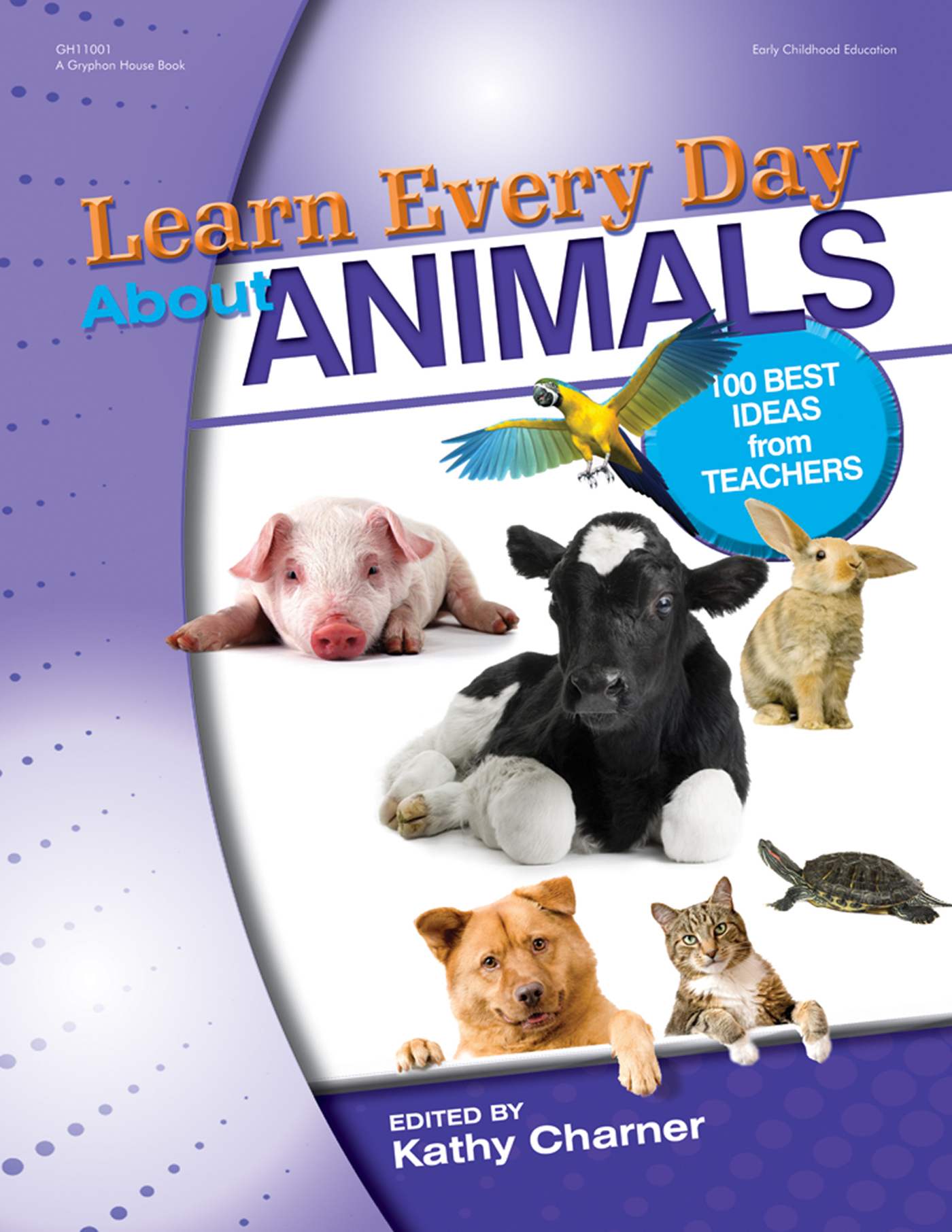Materials
7 to 10 pictures of animals with different beginning letter sounds
construction paper
laminating machine (optional)
set of magnetic letters
bucket
Instructions
Cut cardboard or poster board into 5" x 6" rectangles.
* Reproduce pictures of both animals and their tracks.
* Glue these onto the cardboard rectangles to make matching pairs.
* Write the animal names in capital letters on separate rectangles.
What to Do
1. Have the children look at their feet, then look at your feet to see the
differences in size or shoe tread. Tell them that if they walked in the snow or
the mud, they could probably figure out who made the footprints. Animals
make different footprints, called tracks.
2. From books or the cards you have made, show the children the tracks, the
animal that made the track, and the printed name of the animal.
3. Point out similarities and differences. For example, dog and cat prints look
somewhat alike, but on a dog's tracks you can see the tips of their claws
because they don't retract them like cats do.
4. Note that certain animals' names start with the same letter as some of the
children's names. For example, "opossum" starts with the same letter as
Olivia.
5. After a few days, the children should be able to match the tracks to the correct
animal and begin to identify the animals' names by recognizing the same
letters in their names and the names of their classmates.
Assessment
Consider the following:
* Are the children able to successfully match tracks to the animal that made
them?
* Do the children show interest in tracks they see outdoors?
* Are the children able to begin matching letters and beginning sounds to
animal names?
